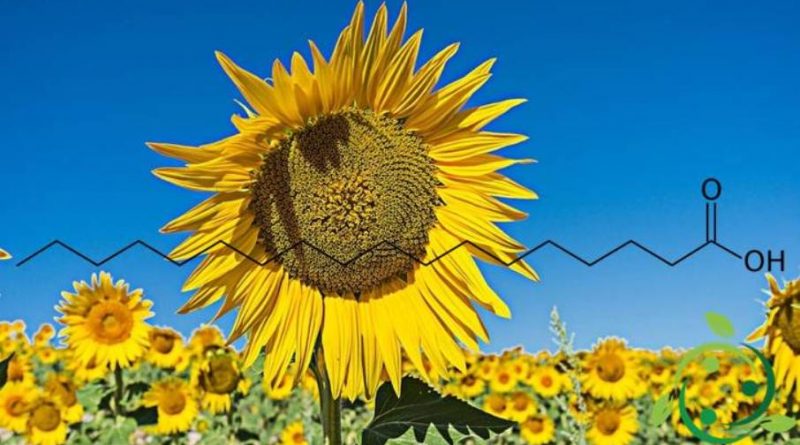Stearic Acid
Stearic Acid
Stearic acid, whose term in the official IUPAC nomenclature is octadecanoic acid and whose brute or molecular formula is: C18H36O2, is a carboxylic acid, from the family of saturated fatty acids. At room temperature (25 ° C) it appears as a solid with a melting temperature of 68.8 ° C and a boiling temperature of 350 ° C. in the solid state it is in the form of more or less large white flakes and a rancid smell. It is insoluble in water, slightly soluble in alcohol, soluble in acetone and ether.
Stearic acid was first identified by Chevreul in 1823.
Stearic acid, in the form of triglyceride molecules, can be found in foods with many animal fats (in higher quantities) and vegetables. In vegetables it is very present in cocoa butter, in shea butter, as well as in peanut butter and margarine. Stearic acid, however, reaches its maximum content in coconut oil and sunflower oil. It is instead present in low concentrations in fruit, cereals and legumes.
In particular, stearic acid is present in both white and red meats and, in more moderate quantities, in packed and packed products. In lard and lard it finds its highest concentration, even if another food very rich in stearic acid is the egg, especially in the yolk.
The presence in fish and molluscs is significantly reduced.
The combination of stearic acid and palmitic acid, gives life to stearin which is widely used in the production of soap, lubricants, cosmetics, colors, fabric softener, chewing gum, suppositories, candles and oil pastels.
On its own it is also used as an excipient in pharmaceutical preparations.
If stearic acid is substituted for palmitic or palmitoleic acid in a diet, it acts as a cholesterol-lowering agent; remember that there are no foods with too much stearic acid and little palmitic acid.
If condensed with a glycerol, the tristearin molecule is obtained (non-polar), the main component of biological fats.
The percentage of intestinal absorption (digestibility) varies greatly depending on the form: 20% for free stearic acid, 30% for triglyceride (tristearin) and 72% for monostearate (monoglyceride of stearic acid).
If ingested in excess the stearic acid goes to break down the T lymphocytes, or rather our natural killer cells, which are fundamental for our body and for our immune system. Stearic acid breaks the cell membrane and thus destroys all the functions of these cells.
Warning: The information given is not medical advice and may not be accurate. The contents are for illustrative purposes only and do not replace medical advice.

